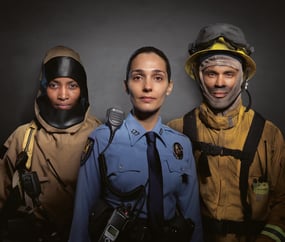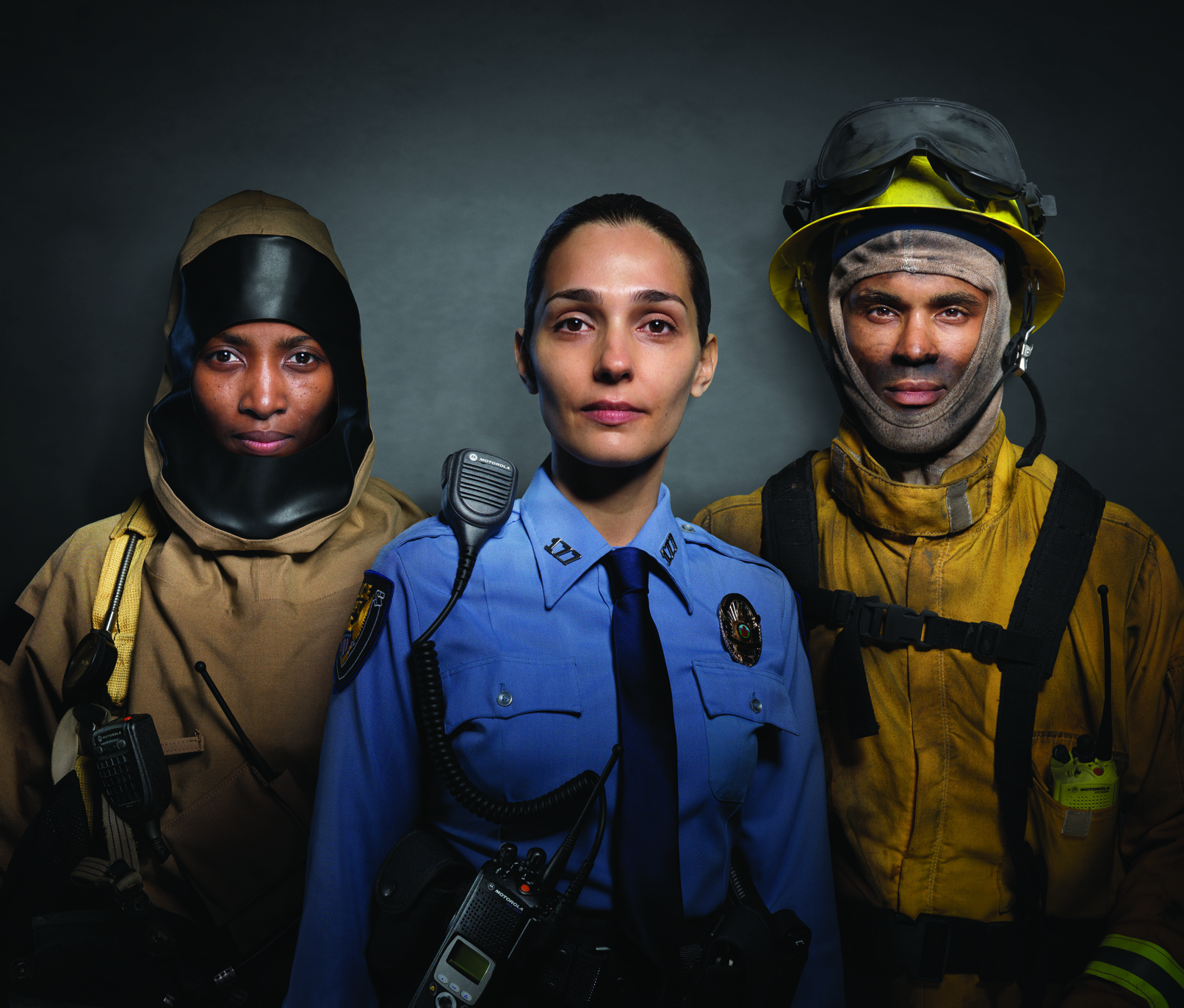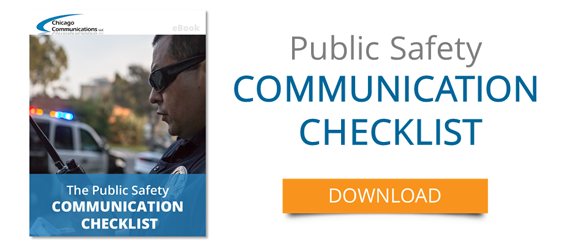It isn’t an overstatement to say that reliable communications in public safety saves lives. We know that departments rely on their radios and accessories to keep themselves and the people they serve safe. And you’re doing it all with fewer resources than ever.
As agencies balance safety and security with budgetary concerns, the right communications solution needs to meet all of their requirements and be economical. Police and firefighters have many of the same issues but different needs, and communications systems need to be tailored to meet their unique situations.
 With all of the factors to consider for communications in public safety, here is some insight into how to maintain quality and security on a budget.
With all of the factors to consider for communications in public safety, here is some insight into how to maintain quality and security on a budget.
Shop Solution, Not Price
This is the most important recommendation for agencies that are shopping for wireless communications solutions. Price is such a concern that people can become blinded by it and forget why they’re purchasing two-way radios, accessories and applications in the first place: to save lives.
A fleet of devices or a system that’s less expensive will most likely be less effective and won’t have the features, functionality and capabilities that first responders need to do their jobs. Lower-tier devices can end up costing more in the long run as they require more maintenance and repairs and have a shorter lifespan.
Across the board, the more expensive radios provide more coverage. Take, for instance, the Motorola APX series two-way radios that are built to the P25 public safety standards. In exchange for a price tag that may be at the top of the range for many agencies, police and firefighters get features built just for them, as well as superior audio quality through:
- Dual microphones
- Noise suppression technology
- Windporting
- Speaker equalization
- Gain control
If you choose a less expensive radio, keep in mind what you might be sacrificing. Keep reading for some ideas about acquiring first-rate radios for less.
Make the Switch from Analog to Digital
Another important recommendation for agencies is to start leaving behind legacy analog systems. They served us well, but digital is the future, and for many jurisdictions, the future is now.
When you’re shopping for a new solution, consider not just what you need today but what you’ll likely need years into the future.
Here are a few categories in which digital is outpacing analog:
Interoperability
Analog: no or limited ability to cross-communicate
Digital: potential for full interoperability with other local, state and federal law enforcement, schools, campuses, etc.
Voice & Data
Analog: yes to voice, no to pretty much everything else
Digital: voice, text messaging, integration with dispatch applications, etc.
Alerts
Analog: nope
Digital: automatic alerting across devices for events that require immediate attention
In Illinois, Increase Your Reach & Reduce Costs with Starcom21
Starcom21 is the official statewide public safety radio network for Illinois that’s administered by Motorola.
The network has a subscription-based model, and for a monthly fee, agencies gain access to the statewide system using their own equipment and radios. The system eliminates the need for expensive individual networks, meaning no infrastructure costs, and the monthly fee is far less than the cost of cell phones.
An estimated 1,600 state, local and federal agencies, as well as campuses and some private companies, are already on the network, which has 30,000 users. If you ask around to other nearby departments, you may be surprised by how many of them are making use of the network. Motorola also offers a free trial period if you want to take the system for a test run.
Grants and Other Opportunities
For many years after Sept. 11., federal grants for police equipment were an incredibly popular funding option for first responders to update their communications systems. But in recent years, most of those opportunities have disappeared.
There are a few exceptions, such as the Assistance to Firefighters Grants. And federal grant money was previously earmarked for police body cameras. Of the $23 million in grants that were announced, $19 million was to be set aside for 73 law enforcement agencies to purchase cameras, with the balance dedicated to training and research.
Agencies in need can still get creative, and one smart option is to buy radios and other equipment second-hand from departments undergoing dispatch center consolidation. In Illinois, state law has mandated that all towns with a population less than 25,000 must combine their 911 operations by July 2017. To make sure any equipment you're considering, new or used, has the most important firefighter radio, police radio, and fire helmet camera features.
As the affected agencies no longer need as many devices, others can step in and acquire them for a lower cost than new. A word of caution, though, to make sure the devices are digital or have digital capabilities for a switch down the road from analog.
FirstNet is the Future
No discussion of public safety communications would be complete without mention of FirstNet, the country’s broadband LTE network for first responders. FirstNet recently announced a public-private partnership with AT&T to build the $46.5 billion network, and it’s an exciting step forward for the project.
Once it’s complete, first responders across the country will have access to a 5G data network that will transform the way you do your job and finally put the kind of innovation that consumers take for granted into your hands. No more calling in license plates to be checked – you’ll be able to do it from your handheld device. And no more guesswork about the accurate layout of a building before firefighters head in – you’ll be able to access plans in real time on tablets. Personnel at the dispatch center will increasingly use data to formulate the best response in a variety of situations.
Creativity is Key
Having to juggle the demands of communications with concerns over cost is a challenge, so it’s important to prioritize what’s important to you and your department.
There are some creative solutions available for departments that need to upgrade their equipment or lower their connectivity costs – especially in Illinois – and the key is to think a few years into the future. Choosing digital over analog will go a long way, particularly as the country gears up for the future of FirstNet.



